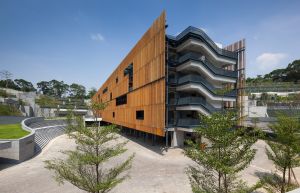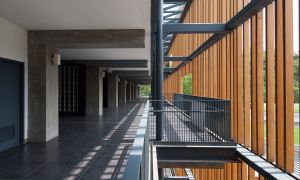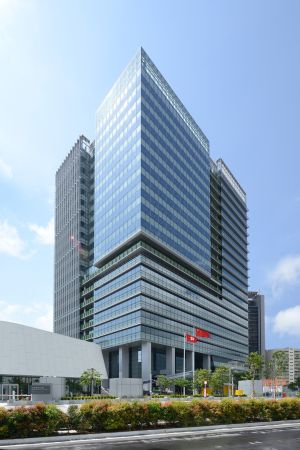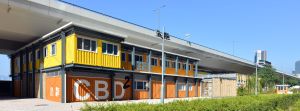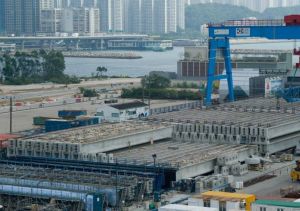Concerted effort on cost control
|
Constantly high construction costs in Hong Kong in recent years has become an issue of public concern. Our studies showed that the construction costs have increased by over 50 per cent in the past few years. Some international reports also revealed that Hong Kong is among the top three of the most expensive places in the world, ranking just below London and New York. In view of this, the Chief Executive and the Financial Secretary have instructed the Development Bureau to establish a dedicated office to strengthen coordination and management of cost control in public works projects and ensure public funds well spent. Last Tuesday, we briefed the Panel on Development of the Legislative Council on the proposal on setting up the dedicated office and listened to the councilors’ views. Some practitioners in the construction industry have also expressed their concerns recently. Let me briefly explain here. The office is a multi-disciplinary team comprising professionals such as engineers, architects and quantity surveyors. Its mission is to review advance works of projects, including design and tendering, from a fresh perspective of a non-project proponent. It will also offer feasible suggestions for saving unnecessary costs for the consideration of project proponents and relevant works departments and their adoption as appropriate. Works progress and expenses of the projects will be monitored by professionals and consultants of the works departments under established mechanism. On project designs, we will require the departments to adopt the "no frills" principle and avoid unnecessary fancy designs. Some architectural practitioners are worried that this requirement might smother creativity, yet I think we need not be over-worried. Simple designs are never mutually exclusive with sense of aesthetics and creativity. I believe that we have all come across some modern interior designs that are simple but impressive. On the contrary, extravaganza does not necessarily mean beauty. Buildings like the Wo Hop Shek Kiu Tau Road Columbarium and Garden of Remembrance, the New Trade and Industry Tower in Kai Tak and the Energizing Kowloon East Office, all designed by the Architectural Services Department, have received various awards from the Hong Kong Institute of Architects and the Hong Kong Green Building Council. These projects manifested the compatibility of "no frills", "design for buildability" and “creativity”. These buildings are completed at comparatively low cost and well-recognised by the public and the industry. Interior designs favourable to natural daylighting and ventilation can also reduce the demand for electrical and mechanical facilities, and help control costs and promote green buildings. Moreover, we will put in place an indicative cost system for new major government buildings such as schools, office buildings and departmental quarters. The benchmarks will be set under the “fit for purpose” principle, making reference to the cost of similar projects in the past, the latest building standards and requirements as well as market conditions. General construction cost benchmarks of these buildings will be estimated accordingly. We will require relevant works departments to make reference to the indicative costs during the design stage and outline the designs within the benchmarks. If the works departments consider the benchmarks not applicable to individual projects, we will have procedures to consider case by case, taking account of the actual circumstances. Iconic buildings could be exceptional. Meanwhile, we will continue to strengthen the coordination between architects, engineers and contractors to promote the code of practice on "design for buildability". We will also foster the concept of 3S, namely Standardization, Simplification and Single integrated element, to optimise project designs. This will facilitate the use of prefabricated components, improve construction efficiency and alleviate the demand for construction manpower. We will collaborate with universities to formulate standards suitable for Hong Kong by taking reference of overseas experiences such as Singapore, the United States and Australia. For the procurement of public works contracts, we are also committed to promoting New Engineering Contract (NEC) to enhance the management efficiency and cost effectiveness of contracts. The target cost approachin the NEC has a pain share/gain share mechanism with a view to encouraging the contracting parties to commit to the common goal of completing the works at reduced costs and within shorter construction period. The employers and contractors share the difference between the actual construction costs and the final target costs. This mechanism encourages contractors, by providing incentives, to put forward alternative designs which can facilitate construction on site and reduce construction costs. In case of project cost overruns, the Government’s share will be capped according to the mechanism. The proposal of setting up the dedicated office can help us control the project costs in a more systematic and comprehensive manner. This will enable our public works projects in future be of practical, creative and aesthetic, ensuring public funds well-spent and benefiting the whole society. I hope all of you can support our work in this initiative. |
|
20 March, 2016
Back